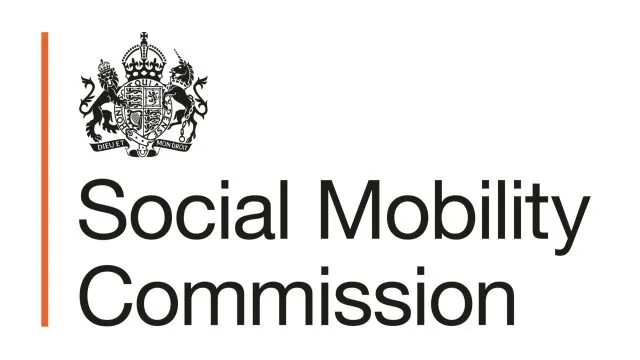In his recent book Our Kids, Robert Putnam presented an alarming portrait of growing
inequality in the United States. His study examined features of the lives of children
and families that are known to help or hinder the prospects of doing well as adults. He
showed that the lives of rich and poor children in the USA are on diverging paths of
opportunity. Growing inequalities were shown for parental time investment, spending
on extra-curricular activities, educational success and parents’ social capital, among
other factors alongside growing economic inequality.
This report was commissioned by the SMCPC for the purpose of replicating for the
British case, as far as possible, the findings in Our Kids. In this era in which public
concern about poverty, inequality, and social mobility has been increasing, our
primary aim in this report is to find out if the situation looks equally gloomy in Britain
as in the United States, or if British society exhibits increasing rather than decreasing
equality of opportunity.
The childhood origins of social mobility are divided into three domains for our
analysis: parental engagement (including parent-child interaction), children’s
behaviours, and parents’ social capital. We set out to measure the degree to which 1)
these factors are unequally distributed between the social classes, 2) there has been
overall improvement or deterioration over time, and 3) the socio-economic gaps are
widening or narrowing.
We use multiple survey data sources which have broad coverage in terms of the
indicators and the time-span covered. For a small number of measures we are able to
compare outcomes today to the 1960s; in other cases we are restricted to exploring
change just over the last decade, and for others we are only able to present a
snapshot from a single time point. Parental Socio-Economic Status (SES) is
measured in two ways: parental occupational class and parental education level. We
use absolute rather than relative measures of socio-economic inequality (as was done
in Our Kids).
